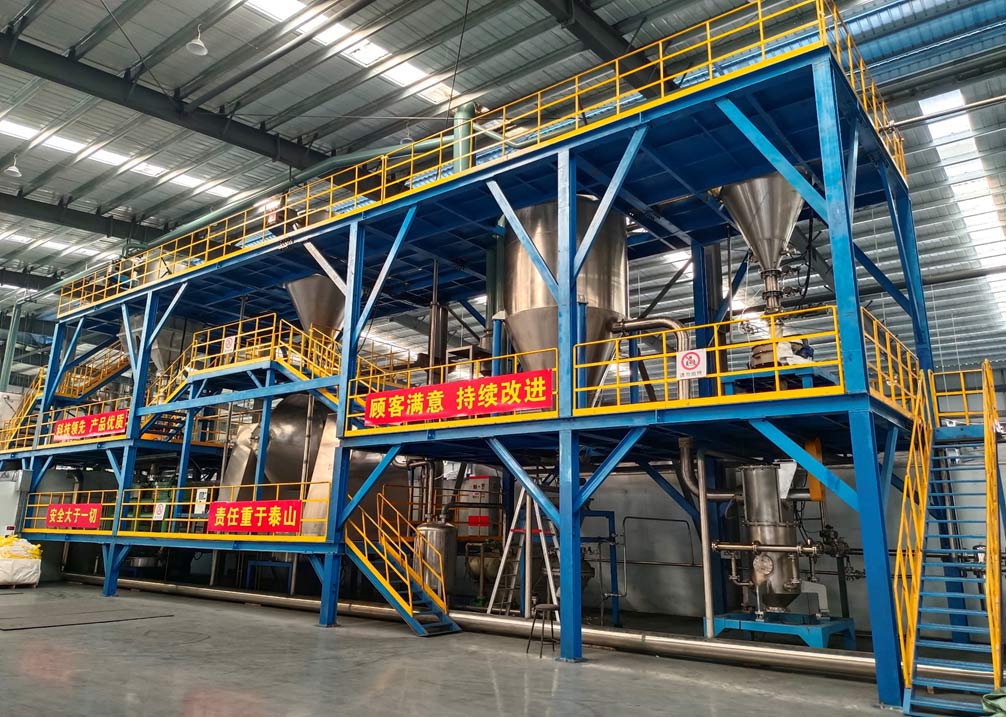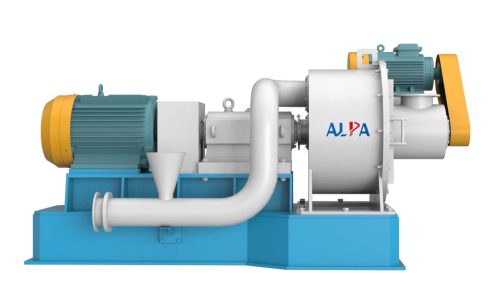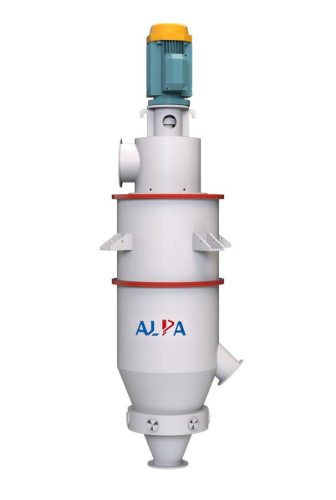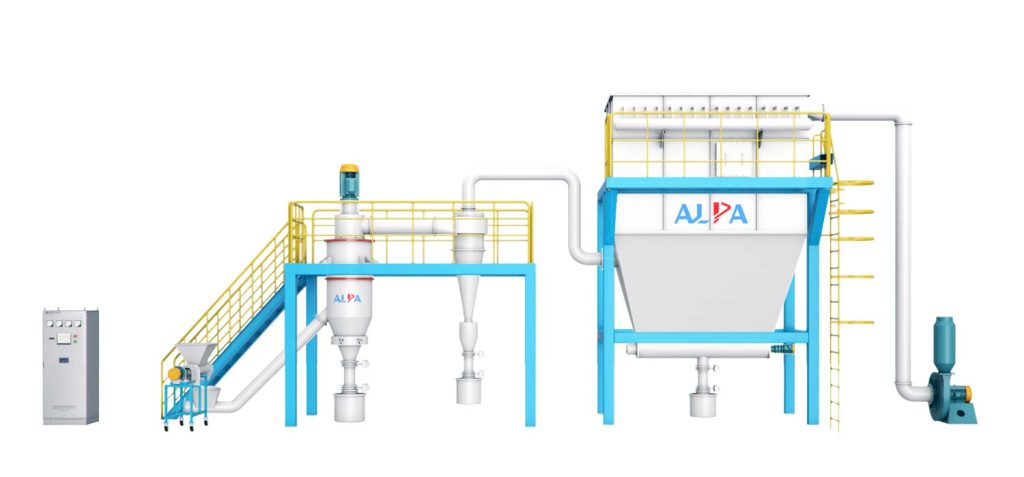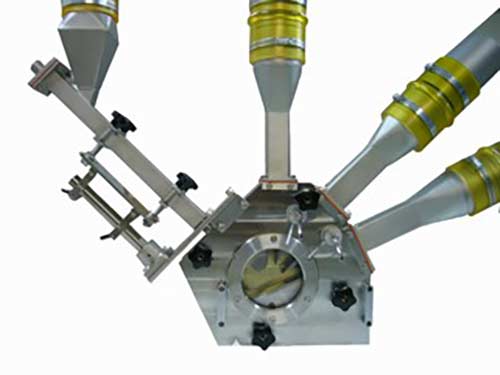Black particle as a core component of lithium batteries, its efficient recycling occupies a pivotal position in the recovery of used lithium batteries. Regarding the technical problem of how to accurately and efficiently peel black particle from electrode foil, ALPA has successfully developed solutions based on its many years of experience in lithium battery field. This solution not only significantly overcomes the pain points of environmental pollution and high costs in traditional recycling processes, but also greatly improves the recycling efficiency of black particle and truly maximizes resource recycling.
ALPA POWDER TECH
Powder removal treatment of waste lithium battery electrode foil

Whether it is lithium iron phosphate battery or Lithium-ion ternary battery, ALPA’s recycling technology can increase comprehensive recovery rate of black particle to more than 98%, which is the industry’s leading rate. Taking the recycling of lithium iron phosphate battery cathode plate scraps as an example, more than 80% of the recycled black particle can meet aluminum content of <300ppm. Through repair and regeneration technology, it can be directly used in power or energy storage batteries to achieve low-cost recycling.

About powder process of used lithium battery electrode foil
ALPA Equipment and technical solutions
CSM-HJ Series Mechanical Stripping Machine
The material is evenly fed into grinding area by feeding system, and is strongly impacted by high-speed rotating grinding hammer, at the same time, it is affected by centrifugal force, collides with the grinding gear ring, and is affected by multiple comprehensive forces such as shearing, friction and collision, so that electrode foils are ground, black particle is peeled off from the aluminum foil/copper foil. Ground material moves to classification area with air flow, black particles are separated from electrode foils by frequency-controlled classification wheel. The black particle is collected by the cyclone and bag filter with air flow, electrode foils are discharged through slag discharge port at bottom of grinding area.
| Equipment model | Grinding motor | Classification motor | Dust collector | Fan |
|---|---|---|---|---|
| CSM500HJ | 30KW | 7.5kW | MB45 | 15kW |
| CSM800HJ | 55KW | 15KW | MB80 | 30KW |
| CSM1200HJ | 110KW | 18.5KW | MB130 | 45kw |
| CSM1500HJ | 185KW | 30KW | MB150 | 55KW |
RTM Series Mechanical Stripping Machine
Electrode foil enter grinding chamber and subjected to strong shearing, collision and friction between high-speed rotating turbine rotor and stator, causing black particle to be quickly peeled off electrode foils. Ground electrode foil is sorted to separate the black particle from the aluminum foil/copper foil.
| Equipment model | Grinding motor | Dust collector | Fan |
|---|---|---|---|
| RTM300 | 22kw | MB40 | 11kw |
| RTM500 | 45KW | MB60 | 15kW |
| RTM800 | 75KW | MB100 | 30KW |
| RTM1000 | 110KW | MB150 | 45kw |
Air Classifier
Under the action of the fan, the material moves to the classification area at a high speed from the lower inlet of the classifier with the updraft. Under the action of the strong centrifugal force generated by the high-speed rotating classification turbine, the material is separated, and the fine particles meeting the particle size requirements enter the cyclone separator or dust collector through the blade gap of the classification wheel for collection. The velocity of some fine particles entrained by coarse particles disappears after hitting the wall, and then decreases to the secondary air outlet along the wall of the cylinder. Through the strong washing effect of the secondary air, the coarse and fine particles are separated, the fine particles rise to the secondary classification in the classification area, and the coarse particles drop to the discharge port for discharge.
Inertial Classifier (Jet classifier)
1. Adopting physical principle of COANDA;
2. Fine particles move along the wall with airflow due to COANDA effect, large particles are thrown out due to inertia and centrifugal force, thus achieving the purpose of particle classification;
3. Simple structure, no rotating parts, low operating cost;
4. Products with three particle sizes of coarse, medium and fine can be classified at the same time;
5. It is especially suitable for classifying products with narrow particle size distribution and non-destructive particle morphology;
6. It has more advantages than rotor classification for classifying materials with poor fluidity and irregular particles.
Customer cases of powder treatment of used lithium battery electrode foil
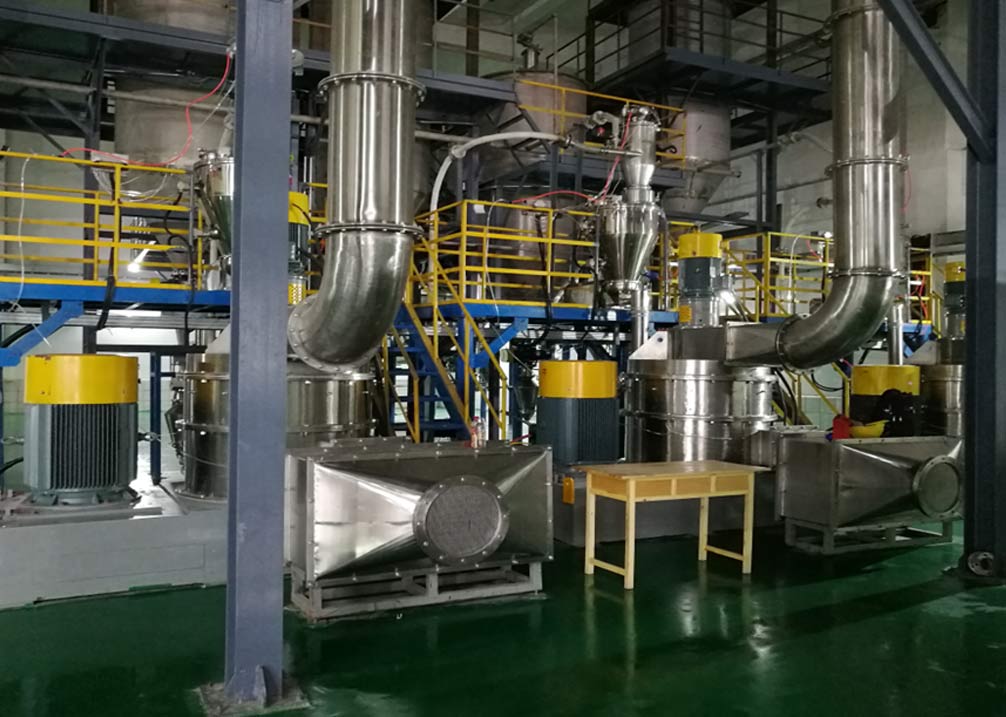
Electrode foil recycling production line of a company in Hubei

Electrode foil recycling production line of a company in Anhui

Electrode foil recycling production line of a company in Guangdaong Shantou
